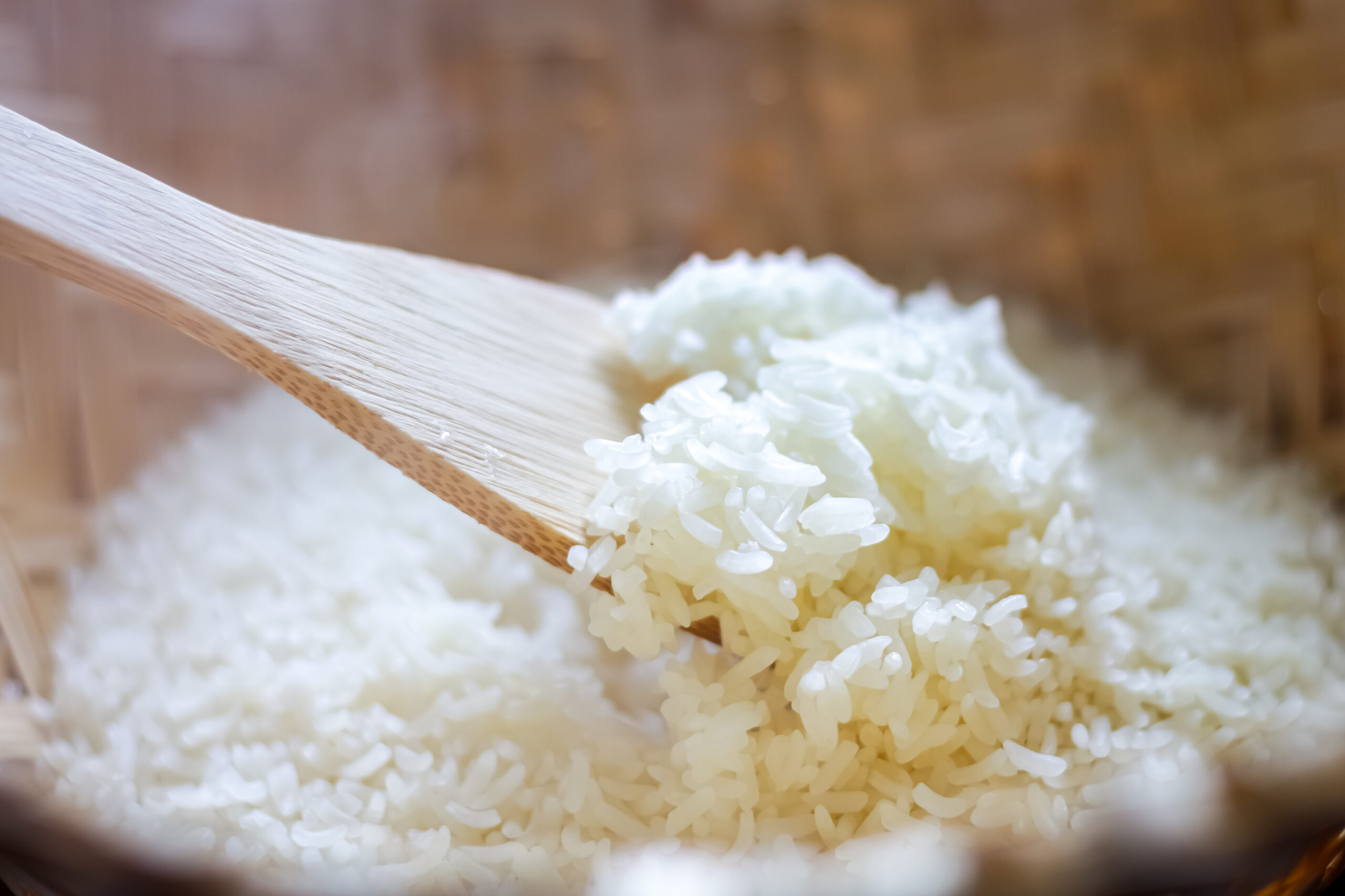It can be pretty easy to stay in your own little bubble when it comes to dining and food culture. You may not think twice about your tipping behavior, how you ask for water in a restaurant, or how you use your fork at home because you are just doing you and living your best life! But when you are eating out in a different country, these things can be crucial to navigating a new place and authentically experiencing the local dining and cuisine.
Whether you are enjoying a plate of pasta in Italy, sharing tapas in Spain, or slurping up noodles in Japan, food is the gateway to culture in many countries. People from all over the world travel thousands of miles just to sample foreign cuisines. Plus, meeting new people and experiencing unfamiliar territory is just plain fun. While the world is filled with so many super cool, international treats and vibrant destinations to explore, there is etiquette to take into account when dining in another country.
Here are several unspoken food rules from around the world that you may not have even realized were a thing.
1. Don’t ask for tap water in Italy.
And whatever you do, don’t ask for la Croix.
While the tap water is safe to drink in Italy, you will surely get the stink eye if you ask for it in a restaurant. According to USA Today, such a request is considered rude. And a large bottle of mineral water at a restaurant shouldn’t cost you more than $3. Just consider it a built-in cost when you are going out to eat!
2. It’s polite to slurp noodles in Japan.
Have you ever been chastised for slurping your soup?
Well, this is your chance to slurp all you want And we can totally get on board. BBC reports that in Japan, slurping noodles loudly isn’t rude. Instead, it’s a sign of appreciation to the chef. By slurping, you can let your host know that you are enjoying your meal. And you also enhance the flavor of the dish.
3. In Britain, keep your fork in your left hand.
Knives out for British table manners https://t.co/bxAfUwClRc pic.twitter.com/Uv4Xtn2Z76
— OraFood (@OraFood) October 19, 2015
This is definitely efficiency at its finest.
While people in the United States demonstrate a “cut and switch” technique with their forks and knives, most British people prefer less fuss with their silverware. In fact, it is British tradition to keep the fork in the left hand. You don’t want to be a complete wanker at the dinner table if you get a chance to eat with Meghan Markle and Prince Harry. So when in England, do it the English way.
4. Don’t expect a bread basket in Italy.
Well, this is disappointing.
While many Americans love to load up on carbs with the breadbasket before a meal, this isn’t common practice among Italians. In fact, Mashed reports that bread is often served with salami and cheese, but isn’t nibbled between courses. Instead, Italian diners typically enjoy it alongside the main course to “fare la scarpetta” or clean up the sauce from the plate.
5. Prepare for a 10 p.m. dinner in Spain.
But the tapas are completely worth the wait.
With long summer evenings and 10 p.m. sunsets, dinnertime in Spain is completely past many people’s bedtimes. Apparently, a typical Spanish workday starts at 9 a.m. and includes a two-hour lunch break from 2 p.m. until 4 p.m. The day usually ends around 8 p.m. These longer days account for later dinners and can give travelers serious jet lag!
6. In Spain, it’s impolite to cut all your food into small pieces before eating.
Don’t saw away at your plate.
According to Refinery 29, doing this is a complete food faux pas. And we are kind of on board with this one. No one wants to watch someone else virtually play with their dish at dinnertime. Do everyone a favor and be sure to cut off each bite individually as you enjoy your delicious Spanish meal.
7. It is a no-no to refuse food in the Philippines.

There doesn’t seem to be another way.
The Telegraph has some potentially uncomfortable news. If your host in the Philippines offers you more food and drink, you really have no choice but to accept that extra plate. Apparently, this is the polite thing to do, no matter how full you are. And refusing can be seen as an insult. So keep eating, or just chew really really slowly.
8. In France and Switzerland, chewing gum could be considered disrespectful.

Chew on this.
According to Business Insider, chewing gum in public in many countries like France and Switzerland can be seen as a very distasteful act. The Singapore government even banned gum to lower pollution! If you stop and think about this one, it isn’t too hard to understand. Gum tends to get everywhere, and some people chew gum very loudly with their mouths open.
9. In Israel, get ready for your tip to be included in the bill.
And now that we think about it, this is so much more convenient.
When you travel, you may be tempted to stick to your normal routines and habits when you go out to eat. However, not all countries have a tipping culture like the one in the United States. When you go out to eat in Israel, for example, the tip is included in the bill. Customers only have to leave a few shekels per person as a courtesy. In fact, according to Conde Nast, most European countries include service gratuity automatically.
10. In Tanzania, always arrive 15-30 minutes late to a meal.

Be late, or be rude.
Many of us like to be on the early side, and some like to be fashionably late. In Tanzania, though, it is standard to arrive a little bit late to every meal. HuffPost reports that arriving early or on time can be considered impolite. So remember to plan accordingly when dining in Tanzania.
11. Don’t plan to order a Cappuccino after every meal in Italy.
People tend to enjoy (and photograph) cappuccinos all day long in the United States.
This simply is not the case in Italy. According to Food and Wine, most Italians order or make their cappuccinos during breakfast and before noon, but never during or after a meal. So, when in Rome, do as the Romans do. Swallow your tears; skip the cappuccinos after 3 p.m. And opt for an espresso instead.
12. In Mexico, eat tacos with your hands.
If you saw someone eating a hamburger with a knife and fork, you would probably be a little disturbed.
No one wants to be that guy. It just isn’t done. And people who do use cutlery on finger foods are seen as total downers. So, it’s simple. Don’t use cutlery with your tacos in Mexico. Seriously, don’t. According to HuffPost, that’s the perfect way to stand out and lose points with the locals.
13. Some Canadian retailers accept American currency, but don’t expect to use the dollar everywhere.
It is Canada, eh.
USA Today reports that a lot of touristy areas and big retailers in Canada accept USD. However, that doesn’t mean you should expect smaller rural Canadian areas to do so as well. You’ll find yourself lacking. In fact, whenever you’re in another country, respect that. Be sure to carry around some of the country’s currency. Besides, how pretty are those Canadian bills?
14. It is customary, in Korea, to honor your fellow diners.
And there are several ways to do so.
If you’re dining in Korea at a home or restaurant, take note. When someone offers you a drink, lift your glass up with two hands to show your respect and humility. Alternatively, fill the other diners’ cups before you fill your own. Additionally, it’s best to wait to eat until after the eldest man in the room has begun. And wait until he finishes eating before leaving the table.
15. In India, don’t thank your host after the meal.
You are supposed to invite them to a meal instead!
According to HuffPost, saying thank you is considered a form of payment in India. Apparently, the best way to show your host gratitude is by having them over for dinner in return. And this makes a lot of sense. Isn’t a delicious meal the best gift, after all? Only one question remains; are we invited to dinner, too?






